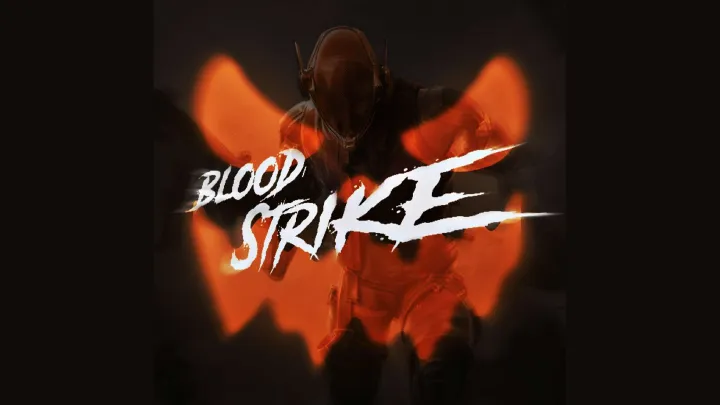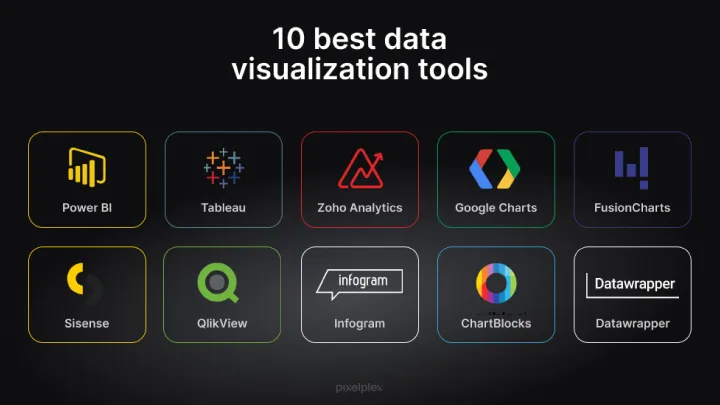Introduction Dead by Daylight (DBD) is a multiplayer asymmetrical horror game where four Survivors must escape from one Killer in a deadly trial. With over 30 Killers, dozens of Survivors, hundreds of perks, and a constantly evolving meta, mastering DBD requires more than just reflexes—it demands strategic thinking, map awareness, and psychological finesse. This guide breaks down the journey to mastery into 10 structured sections, arranged by gameplay progression and role-specific insights. Whether you’re escaping the Entity or serving it, this guide will help you sharpen your skills and dominate the Trials.
- Understanding Core Mechanics Dead by Daylight revolves around a simple premise: Survivors must repair five generators to power the exit gates and escape, while the Killer must stop them by hooking and sacrificing them to the Entity.
Survivors can heal, hide, and use items like toolboxes and med-kits. Killers have unique powers and perks that shape their playstyle. Both roles rely on skill checks, map knowledge, and timing. Learning the basics—like how scratch marks work or when to vault—is essential before diving into advanced tactics.
Core Concepts:
- Skill checks and generator repair
- Hooking, struggle phases, and sacrifice
- Scratch marks, blood trails, and aura reading
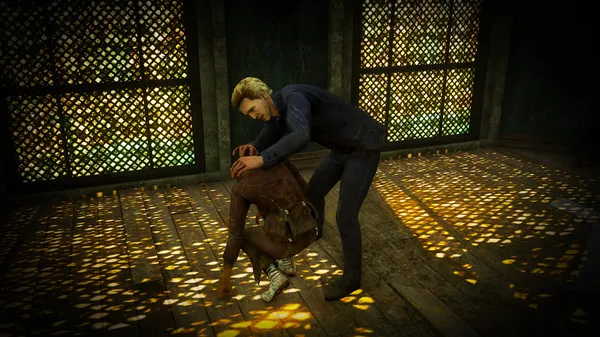
- Choosing Your Role: Survivor vs. Killer Each role offers a distinct experience. Survivors rely on teamwork, stealth, and coordination. Killers focus on pressure, map control, and mind games. Choose based on your preferred playstyle.
Survivors benefit from perks like Dead Hard, Sprint Burst, and Prove Thyself. Killers use perks like Hex: Ruin, Pop Goes the Weasel, and Scourge Hook: Pain Resonance. Try both roles to understand their strengths and weaknesses.
Role Tips:
- Survivors: Stay mobile, communicate, and split objectives
- Killers: Apply pressure, control generators, and predict movement
- Mastering Survivor Movement and Stealth Survivors must avoid detection while completing objectives. Crouching reduces noise and visibility, while walking avoids scratch marks. Running is faster but leaves trails and alerts crows.
Use line of sight blockers like walls and trees to break chase. Vault windows and drop pallets to create distance. Learn to loop Killers around structures and use mind games to escape.
Stealth Tips:
- Crouch near generators and hooks
- Use lockers sparingly and strategically
- Break line of sight and loop intelligently
- Killer Chasing and Zoning Techniques Killers must learn to chase efficiently. Use your power to close gaps or cut off escape routes. Predict Survivor movement and bait them into unsafe loops.
Zoning forces Survivors into bad positions. For example, body-blocking a window or pressuring a pallet forces a misplay. Learn to moonwalk (walk backward while hiding red stain) to confuse Survivors.
Chase Tips:
- Use red stain and moonwalk to fake direction
- Break pallets quickly unless looping is strong
- Prioritize high-value targets and split pressure
- Perk Synergy and Loadout Optimization Perks define your strategy. Survivors should combine perks for mobility, healing, and information. Killers should mix regression, tracking, and slowdown perks.
For Survivors: Try Sprint Burst + Iron Will + Windows of Opportunity + Unbreakable. For Killers: Use Corrupt Intervention + Pop Goes the Weasel + BBQ & Chili + No Way Out. Adjust based on map and opponent.
Perk Strategy:
- Mix passive and active perks
- Use aura-reading for information
- Adapt builds to counter popular metas
- Map Awareness and Generator Strategy Maps vary in size, layout, and loop strength. Survivors should split up to repair generators and avoid 3-gen traps (where 3 generators are close together). Killers should defend key areas and rotate efficiently.
Learn generator spawn logic and prioritize safe zones. Use map-specific knowledge to predict movement and plan chases. Avoid clustering generators or chasing in weak areas.
Map Tips:
- Survivors: Avoid 3-gen traps, rotate generators
- Killers: Defend central gens, patrol efficiently
- Use landmarks to orient and plan movement
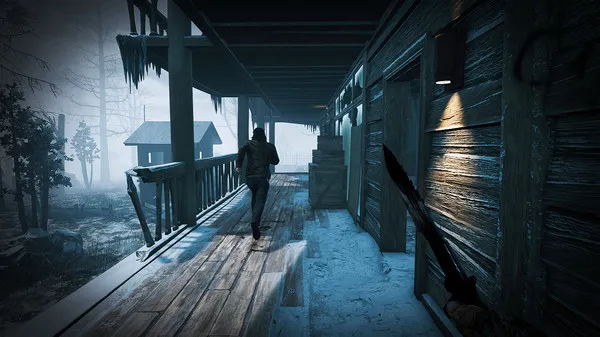
- Item Usage and Resource Management Items can turn the tide. Survivors can bring med-kits, toolboxes, flashlights, or keys. Killers can equip add-ons to enhance their power. Use items wisely and conserve charges.
Flashlights can blind Killers during pickups. Toolboxes speed up repairs but burn out quickly. Med-kits allow solo healing. Killers should choose add-ons that complement their power and reduce cooldowns.
Item Tips:
- Survivors: Use items for clutch plays, save charges
- Killers: Choose add-ons for map control or chase
- Don’t rely solely on items—use perks and skill
- Communication and Team Coordination Survivors thrive on teamwork. Use quick chat, emotes, and body language to signal intentions. Coordinate generator repairs, healing, and rescues. Don’t tunnel objectives—rotate roles.
Killers must read Survivor behavior and punish coordination. If Survivors are healing together, pressure them. If they’re splitting gens, rotate quickly. Use hooks to bait rescues and create pressure.
Team Tips:
- Survivors: Rotate roles, avoid stacking
- Killers: Punish grouped Survivors, bait rescues
- Use hook states to track progress
- Advanced Mind Games and Looping Mind games are the heart of DBD. Survivors can fake vaults, double back, or use pallets creatively. Killers can moonwalk, fake breaks, or use red stain to mislead.
Learn to read body language and anticipate decisions. Looping is about timing and prediction. Don’t rely on brute force—use psychology and positioning to win chases.
Mind Game Tips:
- Survivors: Fake vaults, double back, use vision
- Killers: Hide red stain, bait pallets, predict movement
- Practice in custom games to refine skills
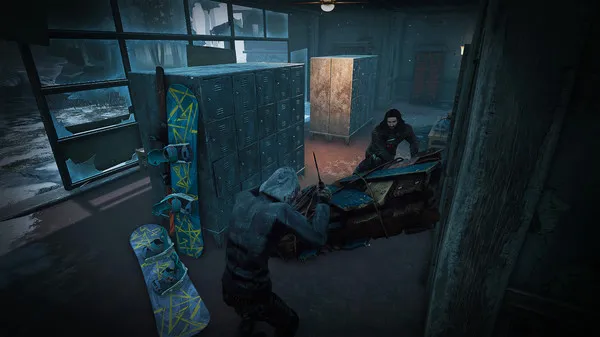
- Progression, Bloodweb, and Prestige Progression in DBD involves leveling characters, unlocking perks, and prestiging. Use Bloodpoints to unlock perks via the Bloodweb. Prestiging unlocks perks for all characters and cosmetic rewards.
Focus on leveling key characters first. Use Bloodpoint boosters and complete challenges. Prestige unlocks Tier 1 perks globally—Prestige 3 unlocks Tier 3. Plan your grind and prioritize efficiency.
Progression Tips:
- Use Bloodpoint offerings and events
- Prestige key characters for perk sharing
- Complete challenges for XP and cosmetics
Conclusion Dead by Daylight is a game of depth, tension, and strategy. Whether you’re a Survivor escaping the Entity or a Killer enforcing its will, mastering the game requires understanding mechanics, optimizing builds, and refining your tactics. This guide provides a structured path to improvement across all stages of play. With practice, awareness, and adaptability, you’ll rise through the ranks and become a true master of the Trials.





